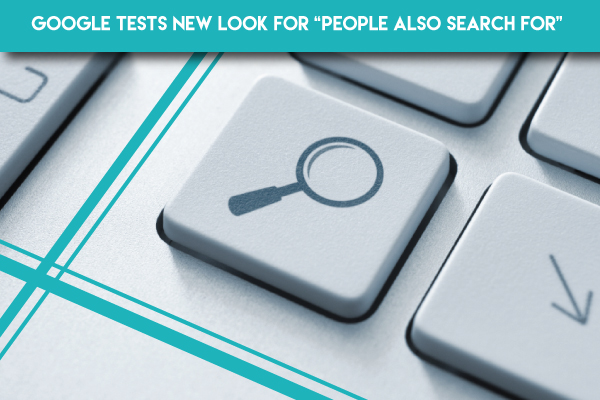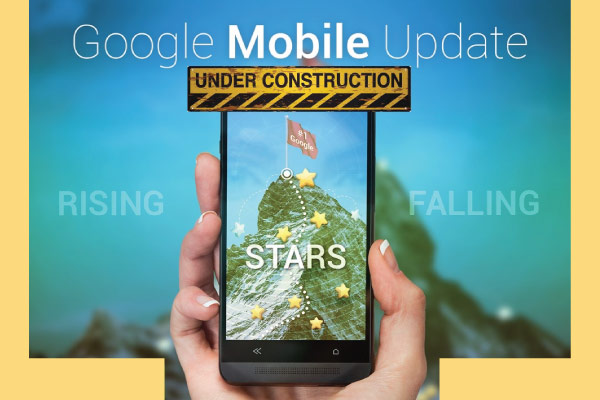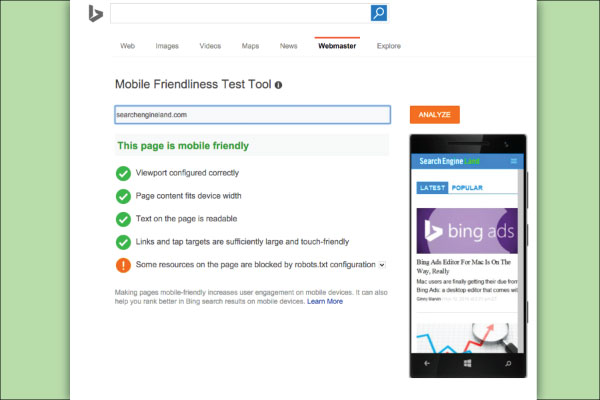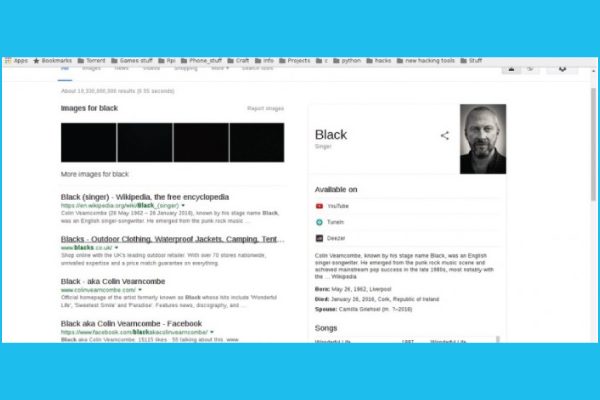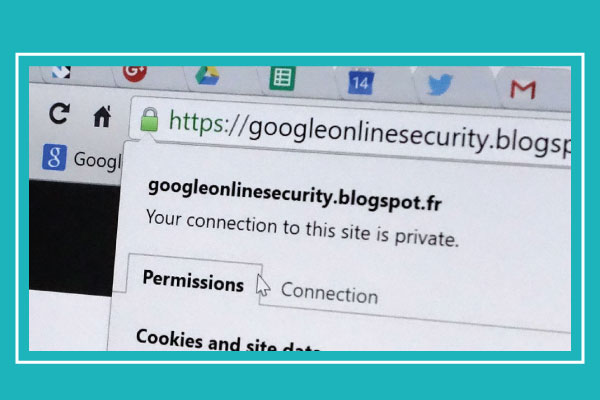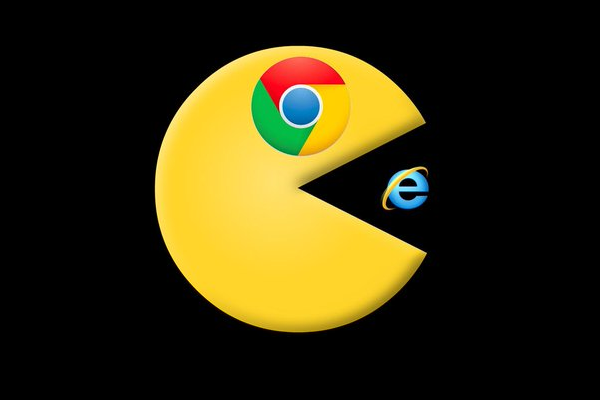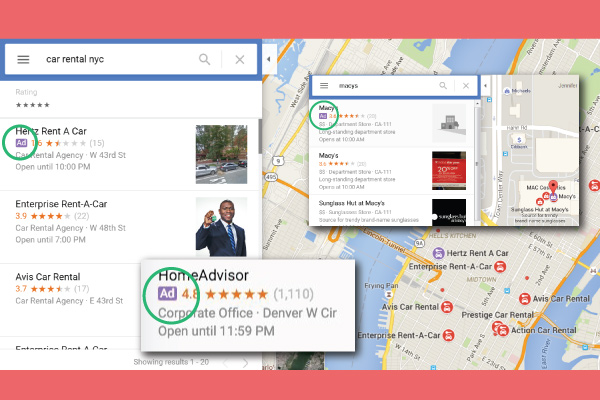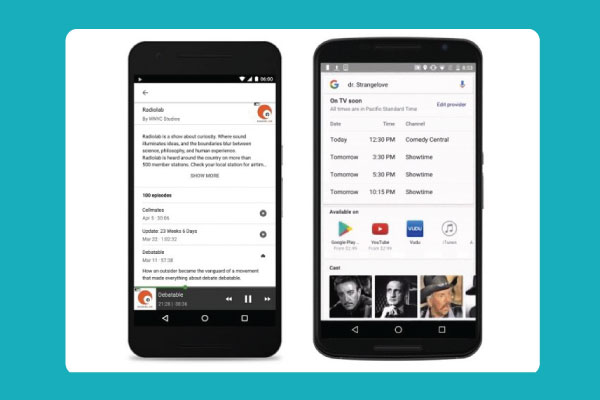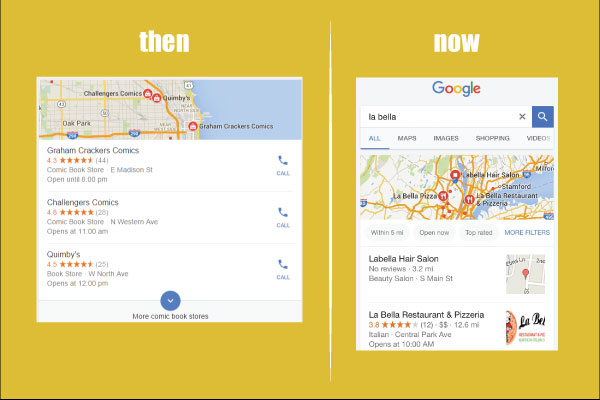Google seems to be testing or launching a new look for the “People Also Search For” feature.
This helps searchers to expand their search queries.
Usually when searchers use Google, they can also see “people also search for”, and some additional search phrases expanding extra search results. This is reported several times, most recently in April 2015.
Read Also: Google’s Newest Mobile Friendly Update- Winners and Losers
This new look is for the mobile search interface. The new look is cleaner and more boxed-in. It also scrolls left and right, like many of the Google carousel features in mobile.
This can’t be a surprise as Google is constantly testing new interfaces,
